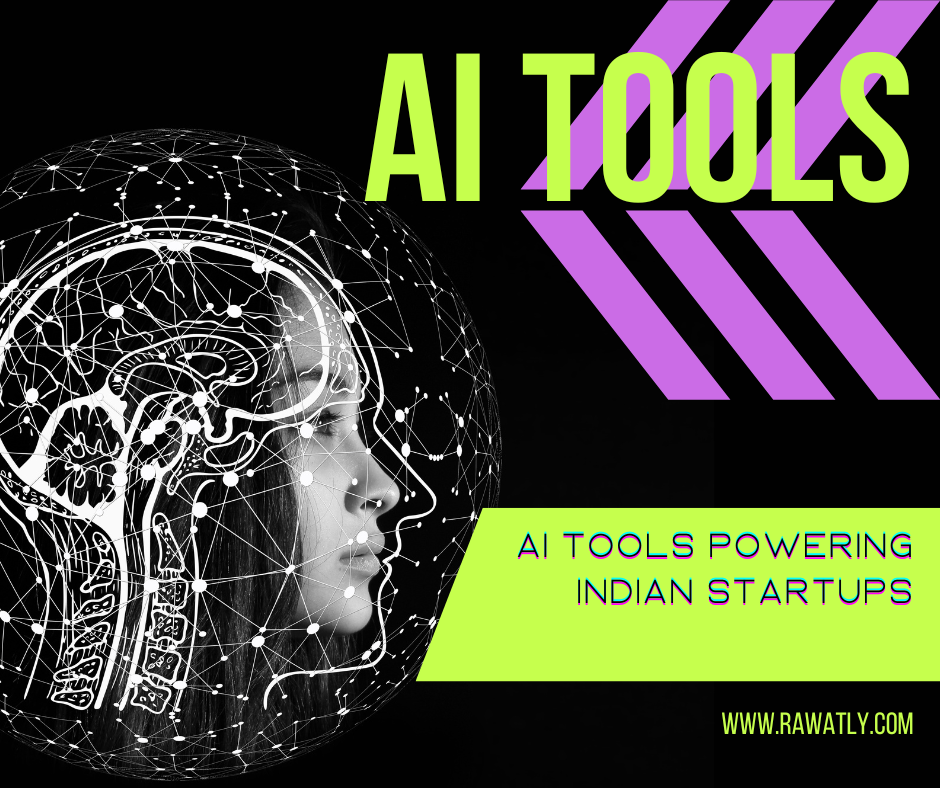
India’s food services sector is undergoing a significant transformation, driven by rapidly evolving consumer preferences, technological advancements, and rising disposable incomes. According to a recent report by Allied Market Research, the Indian food services market is poised to grow at a Compound Annual Growth Rate (CAGR) of 8.1%, reaching a staggering INR 7.76 trillion by 2028.
The key factors fueling this remarkable growth include the surge in online food delivery, the increasing popularity of dining out, and the anticipated rise in employment in the sector to 10.3 million by 2028.

Online Food Delivery: The Game-Changer
The proliferation of online food delivery platforms has been a game-changer for the Indian food services industry. Consumers, especially the tech-savvy younger generation, have embraced the convenience and variety offered by these platforms, driving a significant shift in consumer behavior.
“The online food delivery segment has witnessed exponential growth in the past few years, and this trend is expected to continue,” says Ravi Jain, an industry analyst. “Platforms like Zomato, Swiggy, and Uber Eats have revolutionized the way people access and consume food, making it easier than ever to satisfy their cravings with just a few taps on their smartphones.“
The convenience and accessibility offered by these platforms have not only transformed the way people order food but have also opened up new avenues for restaurants and eateries to reach a wider customer base. Many establishments have adapted their business models to cater to the growing demand for online orders, investing in robust delivery infrastructure and optimizing their menus for improved takeout and delivery experiences.
Dining Out: A Lifestyle Choice
Alongside the rise of online food delivery, the Indian food services industry has also seen a surge in the popularity of dining out. As disposable incomes and lifestyle preferences have evolved, dining out has become a more integral part of the urban and semi-urban Indian lifestyle.
“Eating out is no longer just a necessity, but a lifestyle choice,” says Neha Sharma, a food industry consultant. “Consumers are increasingly seeking unique dining experiences, whether it’s trying out new cuisines, exploring trendy restaurants, or enjoying a night out with family and friends.”
This shift in consumer behavior has led to the emergence of a diverse array of dining establishments, from high-end restaurants and casual dining chains to quirky cafes and street food stalls. Restaurateurs have responded by creating more experiential and visually appealing spaces, offering innovative menus, and incorporating the latest culinary trends to cater to the evolving preferences of their customers.
Employment Opportunities Abound
As the Indian food services industry continues to grow, it is also expected to generate a significant number of employment opportunities. According to the Allied Market Research report, the sector is poised to employ 10.3 million people by 2028, up from the current 8.5 million.
“The food services industry is a major employer, offering a diverse range of job opportunities, from food preparation and service to management and entrepreneurship,” says Aditya Sharma, a human resources expert. “The growth of the sector is creating new avenues for skilled professionals, as well as providing livelihood opportunities for those seeking entry-level positions.”
The rise of food delivery platforms has also led to the creation of a gig economy within the industry, providing flexible work options for individuals looking to supplement their incomes or build their entrepreneurial ventures.
Technological Advancements Driving Efficiency
Technological advancements have played a crucial role in the transformation of the Indian food services industry. From online ordering and delivery systems to smart kitchen equipment and data-driven decision-making tools, technology has enabled greater efficiency, enhanced customer experiences, and improved business operations.
“Technology has become a key driver of growth in the food services industry,” says Priya Chakraborty, a technology consultant. “Innovations like cloud-based point-of-sale systems, inventory management software, and predictive analytics are helping businesses optimize their operations, reduce costs, and deliver better service to their customers.”
Moreover, the integration of emerging technologies like artificial intelligence, machine learning, and the Internet of Things (IoT) is further revolutionizing the industry. These technologies are enabling businesses to better understand consumer preferences, automate various processes, and make more informed decisions to stay ahead of the competition.
Regional Diversity and Evolving Tastes
India’s diverse culinary landscape has always been a key feature of its food services industry. However, the industry is now witnessing a growing appreciation for regional cuisines and a willingness to experiment with new flavors and ingredients.
“Consumers are becoming more adventurous in their food choices, seeking out authentic regional dishes and exploring the rich diversity of Indian cuisine,” says Neha Sharma. “This has led to the proliferation of specialized restaurants and food businesses catering to these evolving tastes, creating a more vibrant and dynamic food landscape.”
Additionally, the growing influence of global food trends and the increasing exposure to international cuisines have also shaped the preferences of Indian consumers, leading to a fusion of traditional and contemporary culinary styles.
Challenges and Opportunities Ahead
While the Indian food services industry is poised for significant growth, it also faces various challenges that need to be addressed. These include supply chain inefficiencies, regulatory hurdles, and the need for skilled workforce development.
“The industry needs to address these challenges head-on to capitalize on the immense opportunities presented by the growing market,” says Ravi Jain. “Collaboration between stakeholders, investment in infrastructure, and the implementation of robust policies can help the industry overcome these obstacles and continue its trajectory of growth and transformation.”
As the Indian food services industry evolves, it is clear that the future holds immense promise. With the confluence of changing consumer preferences, technological advancements, and a growing workforce, the sector is well-positioned to become a significant contributor to the country’s economic growth and development in the years to come.
































